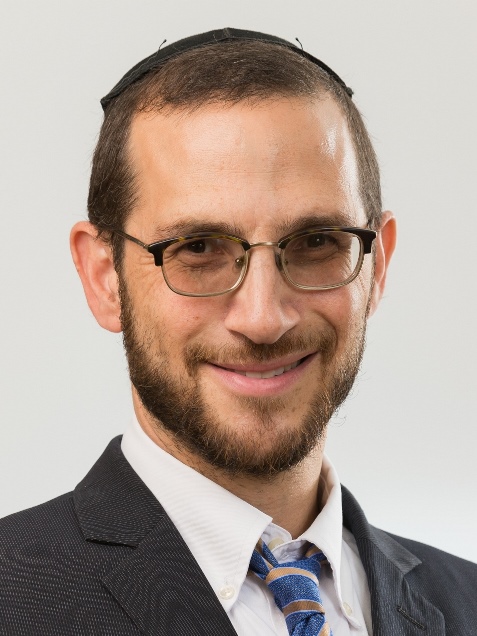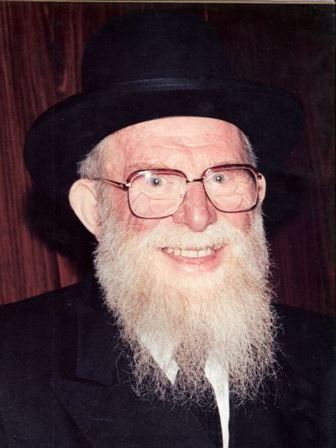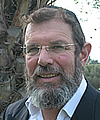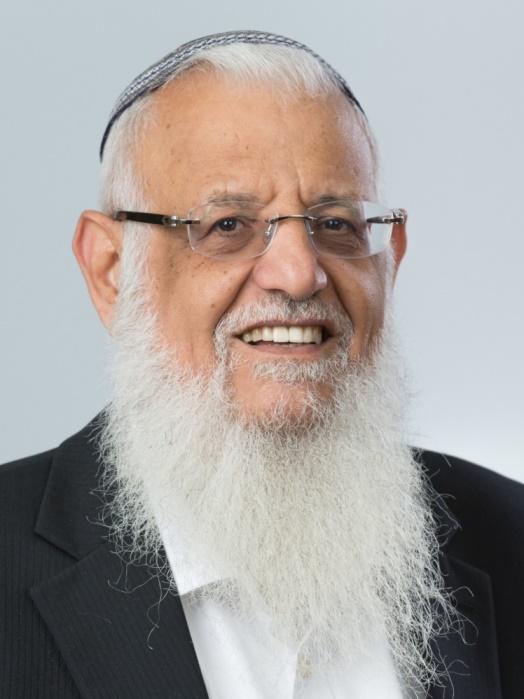Bricks or Stones?
By: Rav Shalom Rosner
In this week’s parsha we read of the episode of Migdal Bavel, whereby the people sought to construct a tower that reached the heavens. Rav Kashtiel in his sefer Siman Labanim notes that when analyzing the pesukim, it appears that there is an emphasis on bricks. The Torah does not merely state that they built a tower. First we are informed that the people suggested to each other: "Come, let us make bricks and fire them thoroughly; so the bricks were to them for stones, and the clay was to them for mortar.” הבה נלבנה לבנים ונשרפה לשרפה ותהי להם הלבנה לאבן והחמר היה להם לחמר (Bereshis,11:3). Why were the people of that generation determined to create their own bricks rather than use natural stone to use as building blocks?
Their action was significant and epitomized their very nature. They did not want to utilize anything that was created by God. They wanted to highlight man’s creativity and remove any hint of Hashem from the equation. When Hashem “descends” to eyewitness the tower, we are told “And Hashem descended to see the city and the tower that the man had built (asher banu bnei ha’adam; Bereshis 11:5). The focus of that generation was on their strength, ingenuity, and creativity. They attributed no hakaras hatov to Hashem for all that He provided.
In contrast, later in Sefer Bereshis there is another structure that reaches the heavens. The sulam (ladder) that Yaakov envisioned with Angels ascending and descending. The ladder connected the heavens and the earth. The gematria of sulam is equal to Sinai. Yaakov’s outlook was to reach for the stars in order to bring God into his life. The term “even” (stone) appears several times in that chapter, to highlight that Yaakov is using God’s natural creation as a foundation upon which to rest (ויקח מאבני המקום וישם מראשותיו– he took stones from that location to use as a pillow), and later uses the stones to build a monument to serve as a testament to the encounter (ויקח את האבן אשר שם מראשותיו וישם אתם מצבה).
The Torah itself was given on luchos avanim – perhaps to underscore that we need to internalize and build upon the foundation that Hashem has provided to us.
In our modern world with technological and medical advances on a daily basis, we may attribute it all to man. We are warned from having an attitude of כחי ועצם ידי עשה לי את החיל הזה. We must not think that our strength, intellect and ability is solely what has led to such accomplishments. Our success stems from the raw materials and the foundation that Hashem has provided to us. The shulhan aruch suggests a specific yehi ratzon be recited when we administer medication, lest we conclude that the capsule is providing the cure. Migdal Bavel, serves a reminder that we ought to recognize the hand of God in all that we encounter.
To bring the point home, we will reiterate a famous joke. There was a storm in a town and one neighborhood started to flood. People began to evacuate as the water level rose. One individual refused to vacate placing his faith in God, his savior. The mayor sent a boat into the village to assist with the evacuation, but this individual refused to budge. As water began to enter his home, he went to the rooftop. A helicopter was sent to help him escape the dangerous situation, but the man refused, stating that he had full faith that God would save him. Eventually, the man drowned. In heaven he confronts God and states “I was a good person, fulfilled your commands and had faith in you. Why did you forsake me? To which God replied: “what do me that I had forsaken you? I sent you a boat and a helicopter, you declined to accept them!”
We need to recognize Hashem’s hand in our daily lives. To take the foundation He has provided for us and to build upon it, to enhance our spiritual and physical world. When brick houses are going up around us, our Emunah must remain as solid as a rock!
Shiur ID: 9206
Do you have a comment or question on the shiur?
Comment below and we'll join the discussion
Add your comments:


.jpg)



